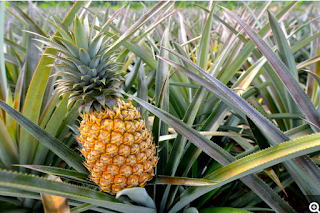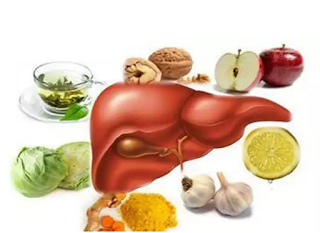Advantages of eating beef

Beef refers to any meat from cows, and it has so many health benefits and also demerits Here are some of the advantages of eating beef 1. Beef Provides a Large Source of L-Carnitine L-carnitine is an amino acid that occurs naturally in meat products. In the table below, we can see the L-carnitine content of beef compared to some other animal foods and plant foods (1); L Carnitine Food Source Amount of L-Carnitine (mg) Asparagus (1/2 cup) 0.1 Beef (4oz) 56 – 162 Cheese 2 Chicken Breast (4oz) 3 – 5 Cod (4oz) 4 – 7 Ice-Cream (1/2 cup) 3 Whole Milk (1 cup) 8 Whole Wheat Bread (1 slice) 0.2 Why is L-Carnitine Important? Among other functions, L-carnitine plays a part in fat metabolism. As part of this, L-Carnitine does the job of transporting fats into our mitochondria for burning. It’s important to clarify that our body can synthesize sufficient amounts of L-carnitine for general needs; this makes it a non-essential amino acid. The body synthesize









